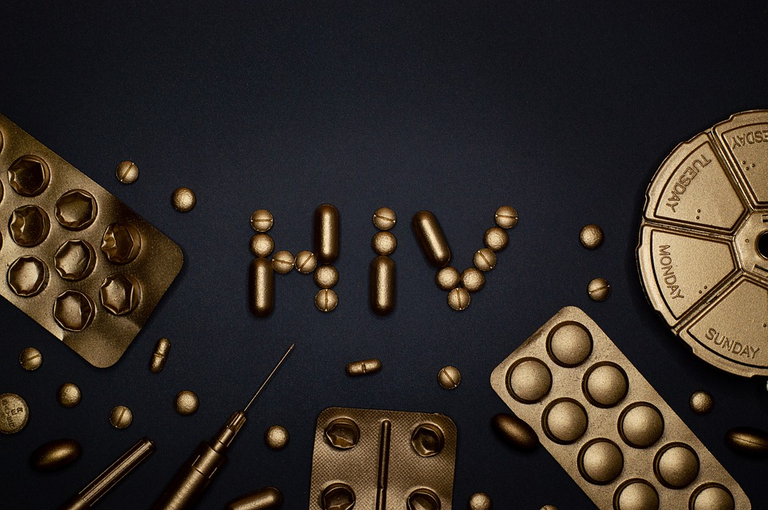 Pixabay
PixabayIn my last post, I mentioned how I had a patient who didn’t inform her husband about her status and she was positive for over 1 year.
A lot of questions come to mind and this happens to be reasons why most people don’t like to tell their partners about their status.
The reason why people don’t tell their partners their status is due to their lack of knowledge when it comes to transmission.
In this post, I will be answering questions about pre-exposure prophylaxis, and post-exposure prophylaxis.
What is HIV?
HIV stands for human immunodeficiency virus. It is a virus that attacks the immune system of the body and thereby makes us susceptible to all forms of disease that our immune system protects us from.
How is HIV transmitted?
HIV has various modes of transmission. It is transmitted via body fluids, semen, contact with blood, etc.
Needle pricks, unprotected sex, and occupational exposure are one of the commonest ways of contracting HIV.
What is post-exposure prophylaxis (PEP)?
Post-exposure prophylaxis drugs are taken to prevent infections when exposed to a person with HIV.
How effective is this Post-exposure prophylaxis?
PEPs are effective and it is important to note that they should be taken within 72 hours. The earlier it is taken, the better it is. Remember every minute counts.
It is also important to note that it is not 100% effective.
Who should take post-exposure prophylaxis?
The following sets of persons should take PEPs
- A person who just got a needle stick injury with a person who has HIV
- Someone who had unprotected sex with a person they are unsure of their HIV status.
- A person who was raped.
The truth is anyone who has been at risk of HIV via the various routes of transmission within the last 72 hours should take PEP
How do PEPs work?
HIV goes through different processes before replicating in the cells of the human body.
Some drugs stop the entry of the virus into the cells while others use different mechanisms.
PEP prevents the entry of the virus into the cells.
How long should one take PEP?
PEPs should be taken for 4 weeks from the day of exposure. It should never be missed and should be taken at the same time every day.
Do PEPs have side effects?
PEPs have some side effects and they include;
- Nausea and vomiting
- Fatigue
- Diarrhoea
- Bloating
- Headaches
- Depression
- Thirst
- Diarrhoea
- Abdominal cramps.
The most common side effect of PEP is fatigue and about 34% of PEP users complain of fatigue. I think depression as a side effect is mainly due to fear and the stigma.
What do I do about these side effects?
The side effects are usually mild and if you are experiencing any symptoms, take the drugs at night or when you are going to be least active.
My partner has HIV, what can I do?
There is nothing to worry about. The first thing to do is to advise your partner to start taking their antiviral drugs. Then anytime you want to have sex, you can take pre-exposure prophylaxis and this help prevents infection.
It is worthy to note that PREP prevents HIV by preventing replicating the viral copies.
In summary, if you get exposed to HIV, you must go early to commence PEP.
Thank you for reading.
